More than 70 objects from the British Museum’s collection are set to feature in a major exhibition opening in West Yorkshire this summer. Titled Ice Age Art Now, the exhibition will be held at Cliffe Castle Museum in Keighley, Bradford, from 21 June as part of the UK City of Culture 2025 celebrations.
The show is a collaboration between the British Museum and Bradford District Museums & Galleries. It will focus on artworks created between 24,000 and 12,000 years ago during the last Ice Age. The curator of the exhibition is Jill Cook, Keeper of Britain, Europe and Prehistory at the British Museum.
The objects, which come from across Europe, include some of the oldest surviving examples of Ice Age art. A number of these items are rarely loaned due to their age and fragility. One of the key pieces is a 24,000-year-old flint point discovered at Volgu, in Saône-et-Loire, France. A British Museum statement says the item reflects the skill and creativity of the artisan, as well as the ability to convey ideas through the making of finely crafted, non-functional objects.
Also featured in the exhibition is a 13,500-year-old engraved drawing of a horse on bone. It was discovered at Robin Hood Cave in Creswell Crags, Derbyshire, and is described by the British Museum as the oldest known figurative artwork found in England. The piece was uncovered around 1877 by Reverend J Magens Mello, Thomas Heath, and William Boyd Dawkins of Manchester University.
However, the authenticity of the horse engraving has been the subject of some debate. According to the British Museum’s own website, Thomas Heath, then a curator at Derby Museum and Library, questioned whether Dawkins may have planted the artefact in the cave for Mello to find, raising concerns over the circumstances of its discovery. Despite this, the work remains a significant piece in the study of prehistoric British art.
Alongside these Ice Age artefacts, the exhibition will also include later works that draw attention to shared artistic principles such as line, form, shading, composition, and abstraction. These include an 18th-century drawing by Spanish artist Francisco de Goya titled True Portrait of an Anteater (1776), as well as Study for The Descent of the Bull's Head (1985) by British artist Maggi Hambling.
According to the organisers, the inclusion of works from different periods is designed to highlight artistic continuity and the ways in which visual expression has remained a constant part of human culture over thousands of years.
Nicholas Cullinan, Director of the British Museum, said: “I am keen for the British Museum to be a lending library for the world. This exhibition will not only feature some of the rarest surviving examples of Ice Age art, but some of the oldest known works of art from the UK, demonstrating the social value of artistic expression throughout the ages.”
The concept of the museum as a global lending institution was also highlighted in 2023 by academic and British Museum trustee Mary Beard. During a discussion on the Parthenon Marbles, she emphasised the importance of the museum’s role in making art accessible to audiences worldwide by loaning works from its extensive collection.
Ice Age Art Now will run at Cliffe Castle Museum from 21 June and is expected to be a major attraction within Bradford’s programme as the 2025 UK City of Culture.
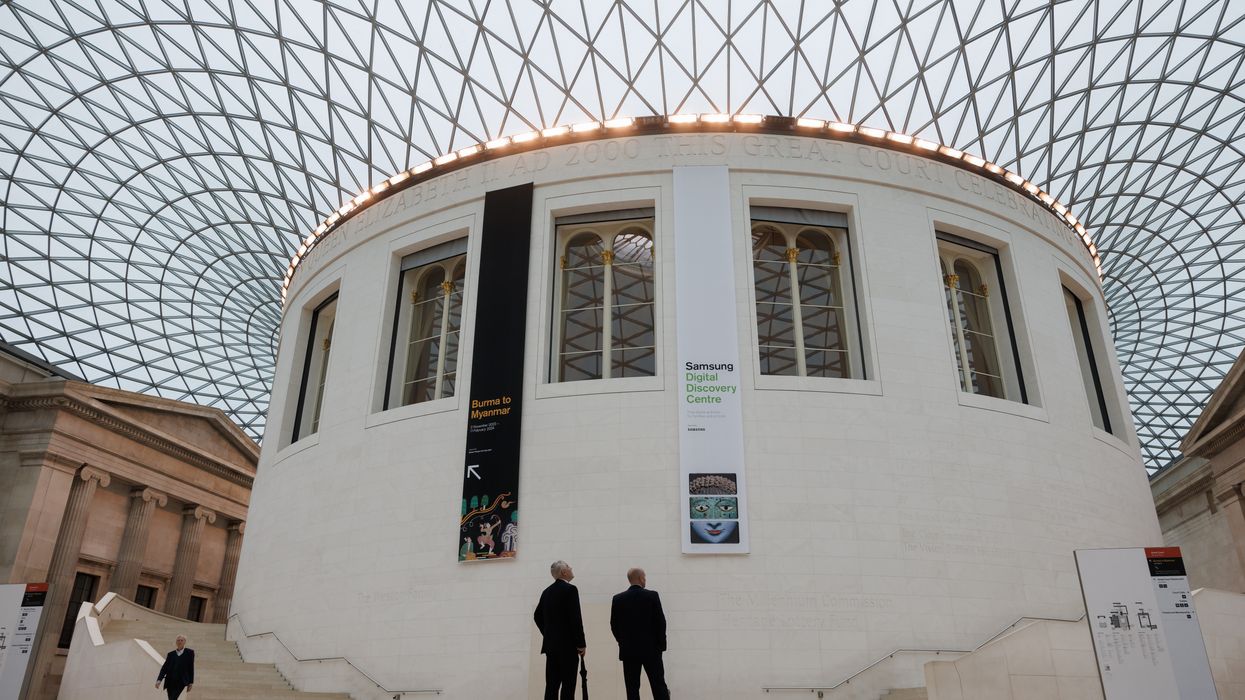

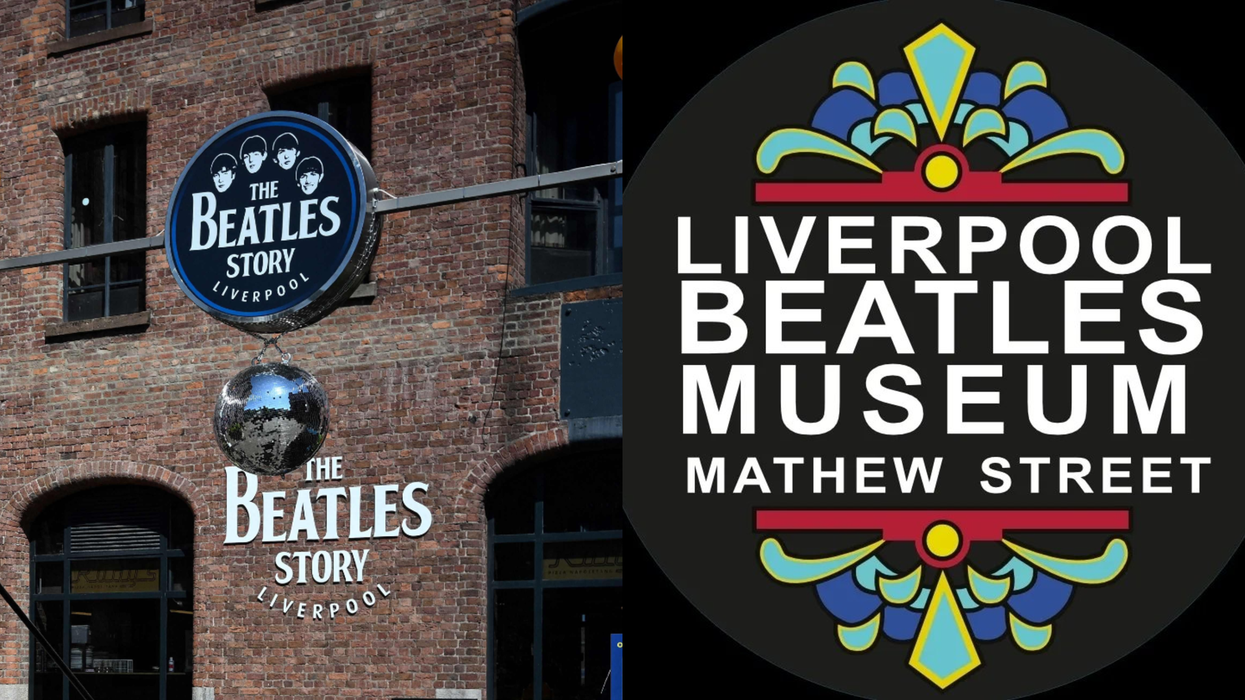
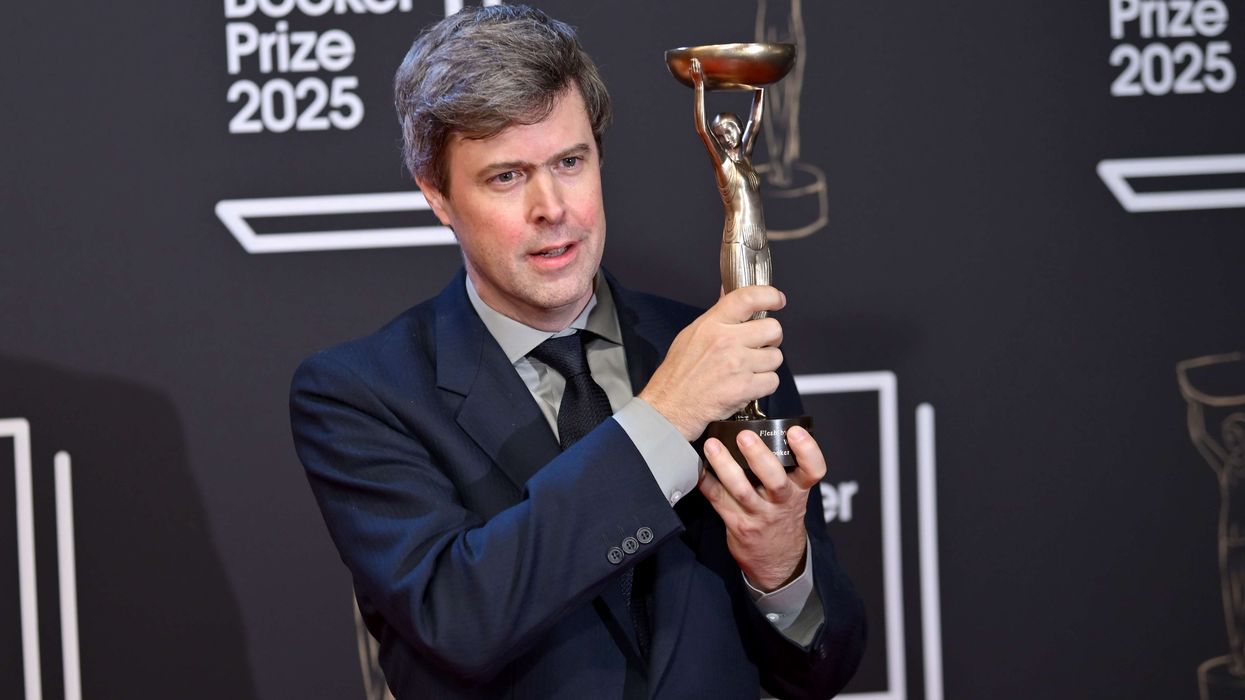

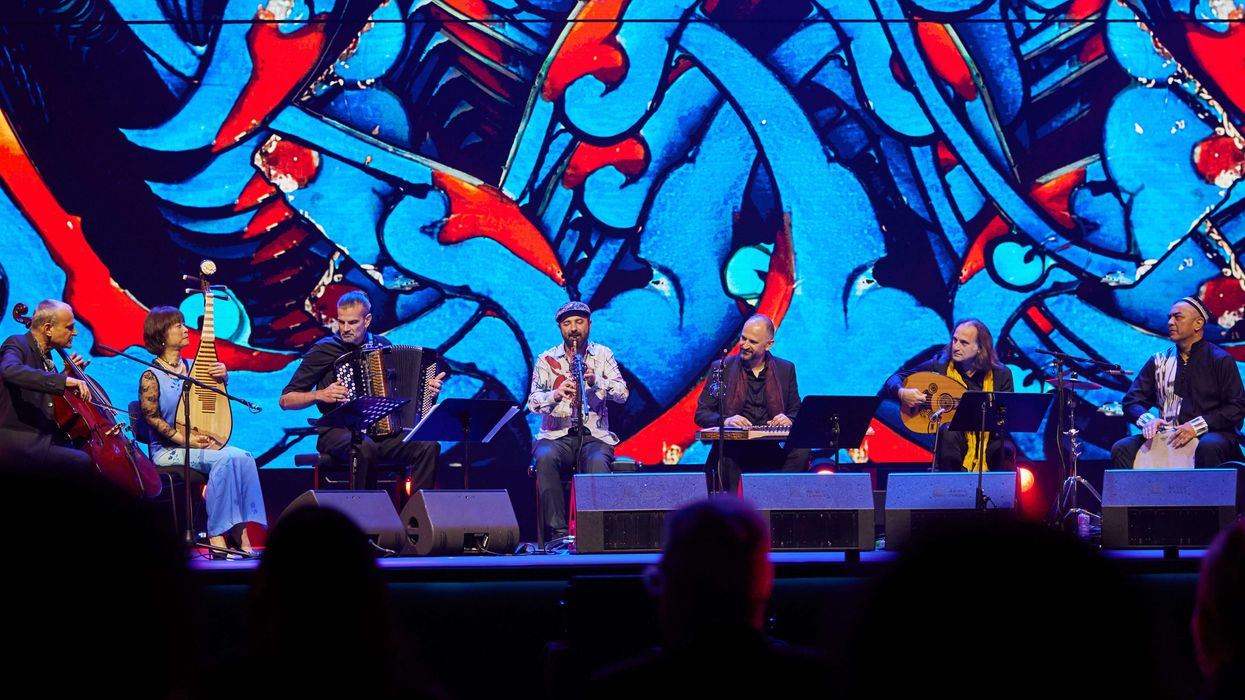
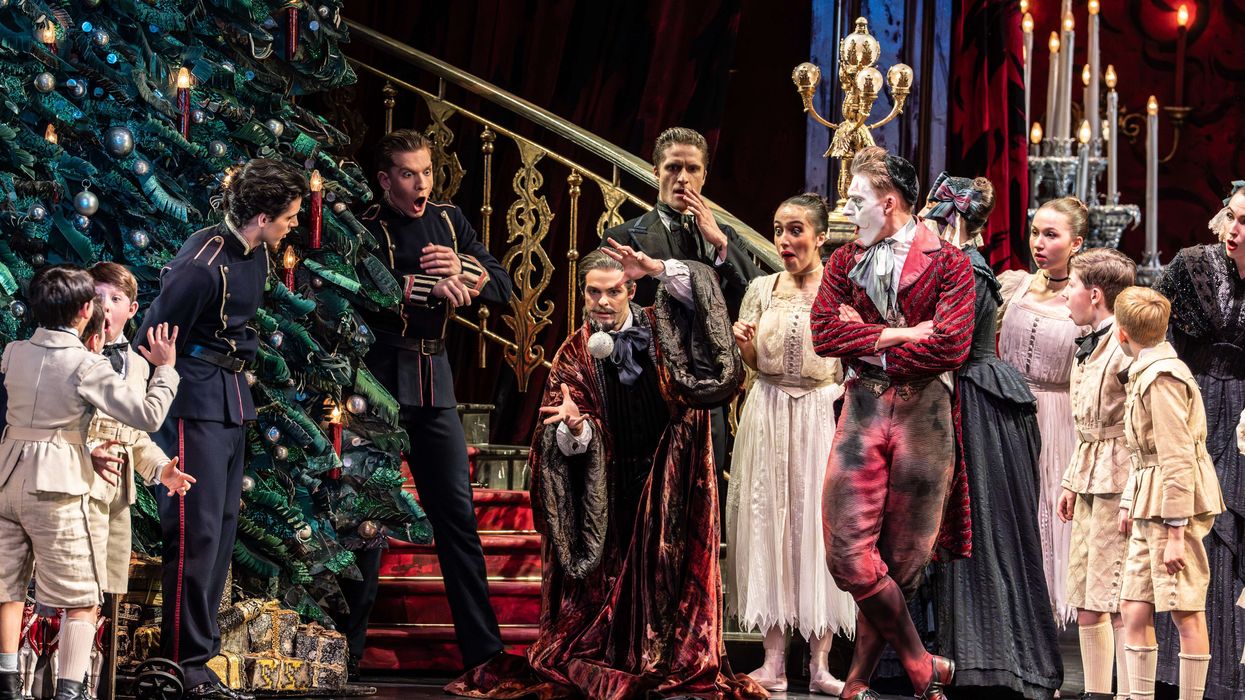
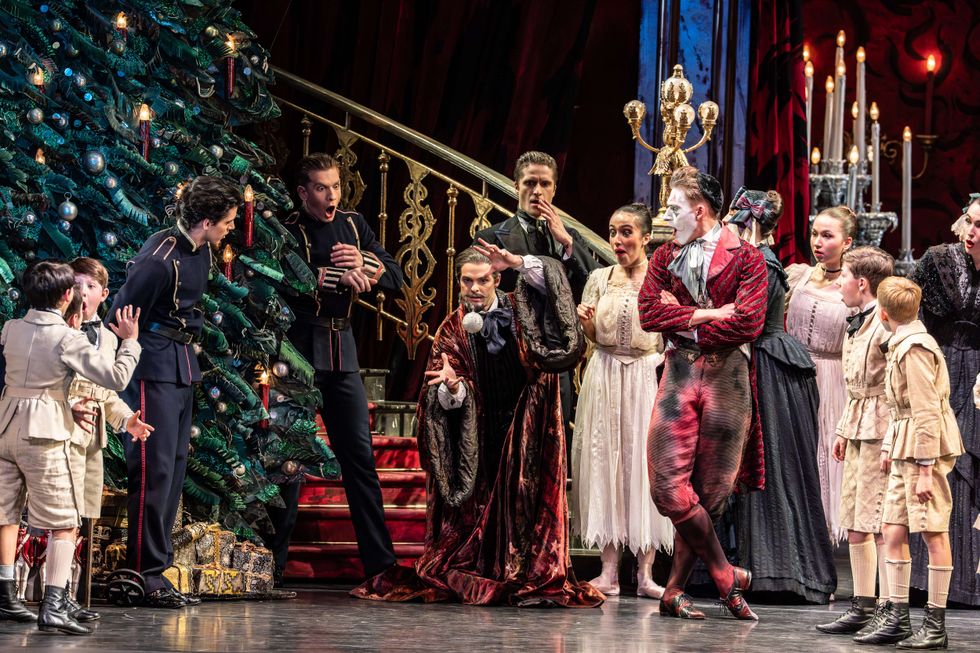 BRB’s Nutcracker dazzles at the Hippodrome BRB’s Nutcracker dazzles at the Hippodrome
BRB’s Nutcracker dazzles at the Hippodrome BRB’s Nutcracker dazzles at the Hippodrome 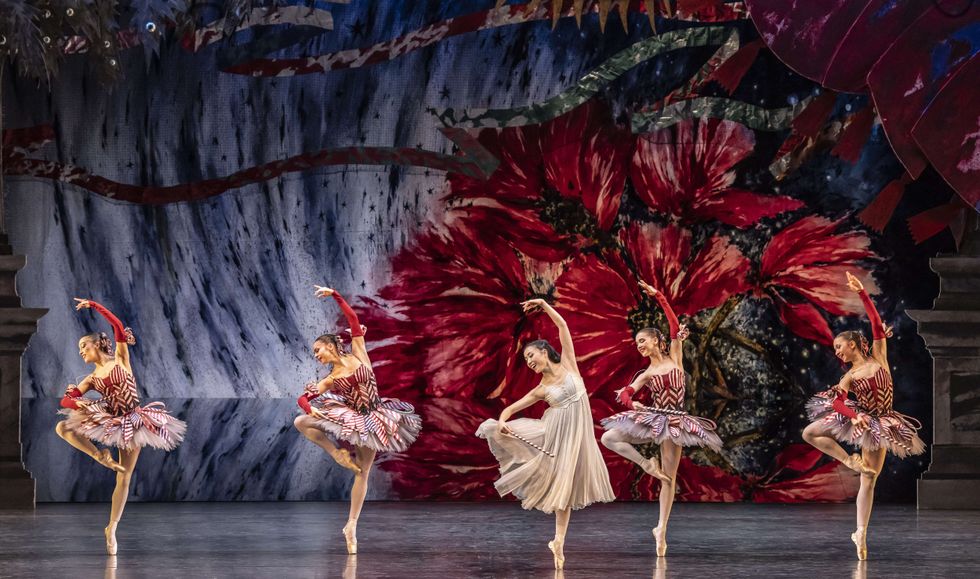 A sparkling Nutcracker lights up Birmingham
A sparkling Nutcracker lights up Birmingham 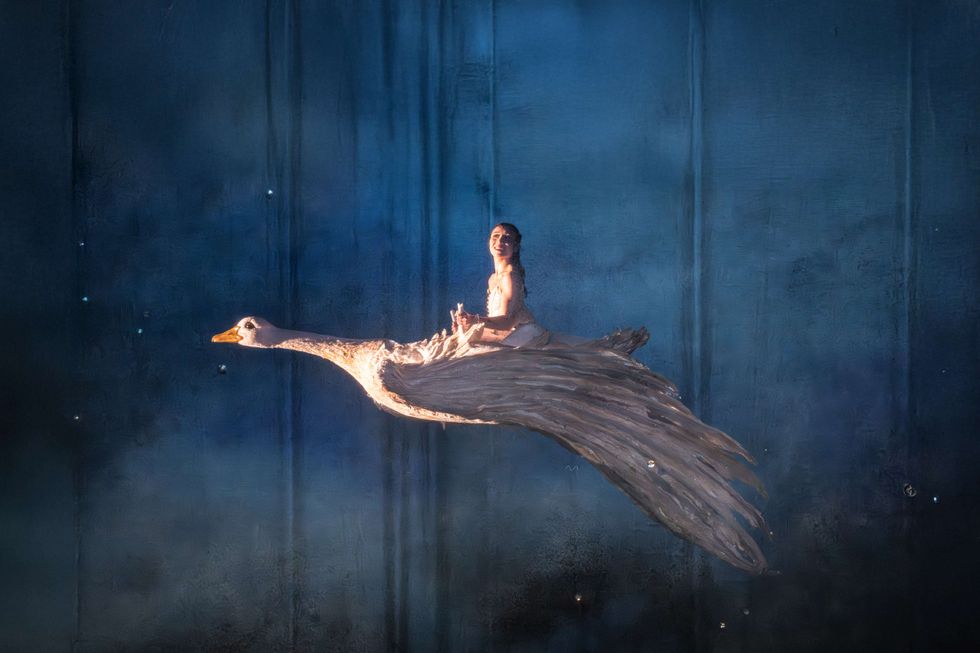 BRB brings festive magic back with The Nutcracker
BRB brings festive magic back with The Nutcracker






